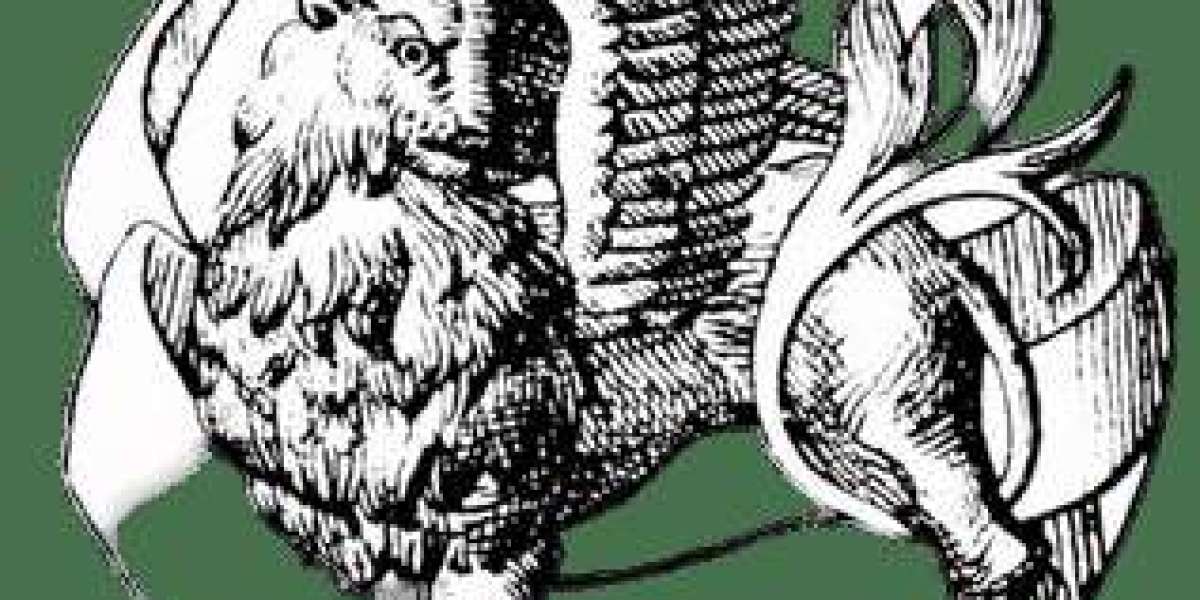Introduction: The Regulatory Backbone of the Blue Cheese Market
The Blue Cheese Market operates within a rigorous regulatory framework that plays a fundamental role in safeguarding product quality and consumer safety worldwide. Given the unique nature of blue cheese production—relying on specific molds, aging processes, and sometimes raw milk—regulatory standards ensure that these products meet consistent safety, authenticity, and quality benchmarks. This article provides a comprehensive analysis of the regulatory environment affecting the blue cheese industry and explores how these regulations influence product quality, safety, and market dynamics globally.
Overview of Key Regulatory Authorities and Standards
The production and distribution of blue cheese are overseen by multiple regulatory bodies across different regions, each enforcing distinct rules that producers must comply with to access local and international markets. Prominent authorities include:
Food and Drug Administration (FDA) in the United States,
European Food Safety Authority (EFSA) within the European Union,
Codex Alimentarius Commission, a global food standards body established by the FAO and WHO,
National organic certification organizations,
Regional bodies overseeing food safety, labeling, and import/export controls.
These entities regulate every aspect of blue cheese production, including:
Raw milk quality and mandatory pasteurization or raw milk allowances,
Use and control of Penicillium molds essential for blue veining,
Hygiene and sanitary conditions in dairies and aging rooms,
Packaging, labeling, and allergen disclosures,
Certification for organic and specialty cheeses,
Compliance with international trade and customs laws.
Regulatory Influence on Product Quality and Safety
1. Raw Milk and Mold Usage Controls
One of the most critical factors impacting blue cheese quality and safety is the regulation of raw materials, especially milk and mold cultures:
Raw Milk Safety: Some traditional blue cheeses rely on raw milk, which carries risks of pathogens like Listeria monocytogenes and Salmonella. Regulatory bodies impose strict microbial limits and hygiene standards or require pasteurization to mitigate these risks.
Approved Mold Strains: Only specific strains of Penicillium roqueforti and Penicillium glaucum are permitted for blue cheese production to ensure desirable flavor development without harmful contamination.
Microbial Testing: Regular testing ensures that no harmful bacteria or mycotoxins are present, protecting consumer health.
Such controls are essential to preventing foodborne illnesses and maintaining the characteristic taste and texture of blue cheese.
2. Quality Assurance Through Production Standards
To guarantee product consistency and authenticity, regulations define standards related to:
Aging Requirements: Blue cheese typically requires a minimum aging period (commonly 60 days) to develop its flavor profile and achieve safe consumption levels.
Geographical Indications (GIs): Protected designations like Roquefort (France) or Stilton (UK) enforce traditional production methods and origin authenticity, enhancing product value.
Chemical and Physical Standards: Limits on moisture, fat content, salt levels, and texture ensure consumers receive products matching advertised specifications.
By maintaining these quality parameters, regulations build consumer trust and support premium pricing strategies for authentic blue cheeses.
3. Labeling and Consumer Information
Clear and accurate labeling is mandated to provide consumers with essential information, including:
Ingredient disclosure and allergen warnings (e.g., dairy, mold),
Nutritional facts and serving suggestions,
Certification logos (organic, non-GMO, PDO),
Storage and expiration details.
These labeling rules help consumers make informed decisions, comply with food safety practices, and prevent allergic reactions or misuse.
Regulatory Challenges Impacting the Blue Cheese Market
1. Complex Compliance Across Markets
Blue cheese producers face multifaceted challenges in navigating varying regulations:
Different countries impose unique standards for pasteurization, mold use, and aging, complicating product development for export.
Smaller artisanal and organic producers often lack resources to manage the cost and administrative burden of certification, inspections, and compliance documentation.
Inconsistent regulatory enforcement in emerging markets can lead to quality variations and market entry barriers.
2. Balancing Tradition with Safety
Traditional production methods—such as using raw milk or aging in natural caves—may conflict with modern food safety laws, forcing producers to innovate without compromising authenticity.
Raw milk cheese producers must invest in enhanced hygiene and testing to satisfy regulatory demands.
Regulatory hesitancy around novel or artisan methods can delay product approvals and market launches.
3. Traceability and Recall Management
Increasingly, regulations require producers to implement comprehensive traceability systems that track product origins and distribution pathways for swift recall action if contamination occurs.
Developing these digital or manual systems requires capital investment and coordination across fragmented supply chains.
Non-compliance can result in costly recalls, reputational damage, and regulatory penalties.
Industry Adaptations and Best Practices
1. Embracing Technology for Quality Control
Many blue cheese producers adopt technological solutions to meet regulatory demands and improve quality:
Rapid microbial detection systems enable quicker response times.
Automated environmental controls maintain optimal aging conditions.
Blockchain and QR-code based traceability systems offer transparency to regulators and consumers alike.
2. Pursuing Certification and Consumer Education
Obtaining organic, non-GMO, or PDO certifications adds credibility and expands market access.
Educating consumers on blue cheese safety, handling, and benefits builds trust and demand.
Collaborations with regulatory bodies and industry groups facilitate smoother compliance pathways.
3. Strengthening Supply Chains
Producers increasingly:
Partner with trusted local dairies that meet hygiene and quality standards,
Invest in cold-chain logistics to preserve product integrity during transport,
Standardize production practices to ensure consistency across batches.
Future Outlook: Regulatory Evolution and Market Impact
As global consumer demand for safe, authentic, and high-quality blue cheese grows, regulatory frameworks are expected to become even more stringent and sophisticated, emphasizing:
Sustainability and animal welfare,
Enhanced traceability and food fraud prevention,
Harmonization of international standards to facilitate trade,
Support for small producers through streamlined certification processes.
Producers who proactively adapt to these evolving regulations will gain competitive advantages and expand their global footprint.
Conclusion
The regulatory environment plays an indispensable role in the Blue Cheese Market by ensuring that products meet stringent safety and quality standards, which in turn protect consumers and enhance market credibility. While regulatory compliance poses significant challenges, particularly for smaller and artisanal producers, it also drives innovation, transparency, and trust. By leveraging technology, certification, and collaboration with authorities, stakeholders can navigate the complex regulatory landscape and secure sustainable growth in this competitive market.








